Isfahan virtual tour (free)
The coronavirus left no chance to travel and this makes life in quarantine even more boring? Well, not so sure. There is a very old expression in the Persian language, claiming that “Isfahan includes the half worlds beauty”. let’s drop into Isfahan virtual tour and discover half of the world.
Naghshe Jahan Square
This gorgeous square has actually been the center of entertainment and gatherings of Shah Abbas I. Various rituals, celebrations, and performances were held during the reign of Shah Abbas I and his successors at the site. The surrounding monuments like the magnificent Ali Qapo Palace, the Sheikh Lotfollah Mosque, and the Abbasi Grand Mosque, each of which is a magnificent Safavid-era architecture. Let’s take a tour of Naghshe Jahan Square.
Vank Cathedral
During the Safavid period and during the Ottoman conflict, Shah Abbas attacked the Armenian-populated city of Jolfa and caused a lot of damage. To compensate for the loss, he asked the Armenians living in Jolfa to migrate to Isfahan and build a neighborhood named after their origin city, Jolfa, with their architecture and cultural requirements. Vank Cathedral is a place of worship for Armenian Christians living in the Jolfa neighborhood, which is also influenced by Islamic architecture. Not so far to visit all these beauties, This cathedral is ornamented by various forms of art from which the most significant ones are the delicate blue and gilded paintings on the ceiling and central dome depicting the Biblical story of the tion of the world. Click on the Vank Cathedral and start the virtual tour.
Chehel Sotoun
Chehel Soton Palace and Garden is one of the examples of royal gardens leftover from the Safavid period in Isfahan, which is also known as Chehelston Palace or Chehel Soton Museum Garden. In fact, this garden is a small part of the vast Jahan Nama garden that Shah Abbas I created by building a pavilion in the core of the first Chehelsotun palace and was designed in such a way that it was possible to access it from other gardens. Click for a virtual tour to Chehel sotun.
Siosepol Bridge
Siosepol or literally translated as “Thirty-three bridges” over the Zayandeh rud River in Isfahan, has named after its 33 spans. During the Safavid period, the Armenian sprinkler festival was held on July 4 of each year on this bridge, and people sprinkled water and rose extract on each other during the ceremony. In our days, youth gather together to play instruments and sing there and couples set the dates on this bridge.
Ali Qapu Palace
Just clicking on Ali Qapu palace takes you to the old entrance of the palace on the western side of the Naghsh_E Jahan square. Upon entering the complex, you will see symmetrical buildings on both sides. It is interesting to know that if you whisper in any of these spaces, your voice will be played in the symmetrical Part of the monument. Ali Qapu was built right after the transfer of the capital from Qazvin to Isfahan by Shah Abbas I, in the late tenth century AH, it was built as the reigning center of the Safavid sultans. Tracking the direction of the arrow each time takes you up the stairs and into some rooms. After passing through a few rooms (don’t forget to take a look at the beautiful designs of the stairs under your feet) you will reach the porch. which is a big one, on the third floor, overlooking the Square in a beautiful and also controlling way, suitable for a king, isn’t it?
Sheykh Lotfollah mosque
Right in front of the magnificent AliQapu Palace, is the astounding Mosque of Sheykh Lotfollah. Not identical to other mosques, this royal mosque has no courtyard porch or minaret and instead is decorated with the most unique Islamic motifs.
The corridor leading from the entrance to the nave is relatively high compared to the usual corridors. This is to keep the worshiper away from the hustle and bustle of the main square of the city and to guide him to the main path of the Qibla. Got out of the hallway, across the pulpit, and reaching the main hall, just turn the mouse up because the most beautiful dome decorations are waiting for you. We would welcome any inquiry you may have about traveling to Iran, please do not hesitate to contact us at info@idt.ir.
Are you planning to travel to Iran? Check out our Iran tours.



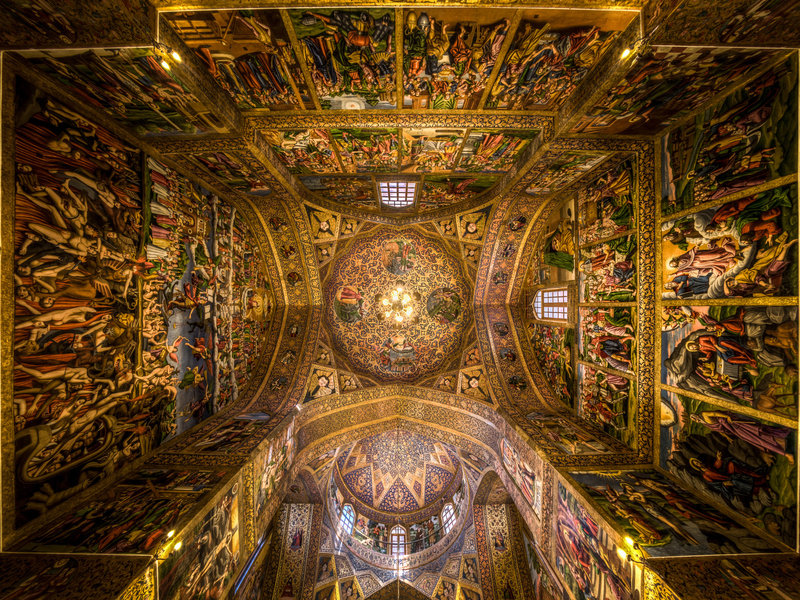
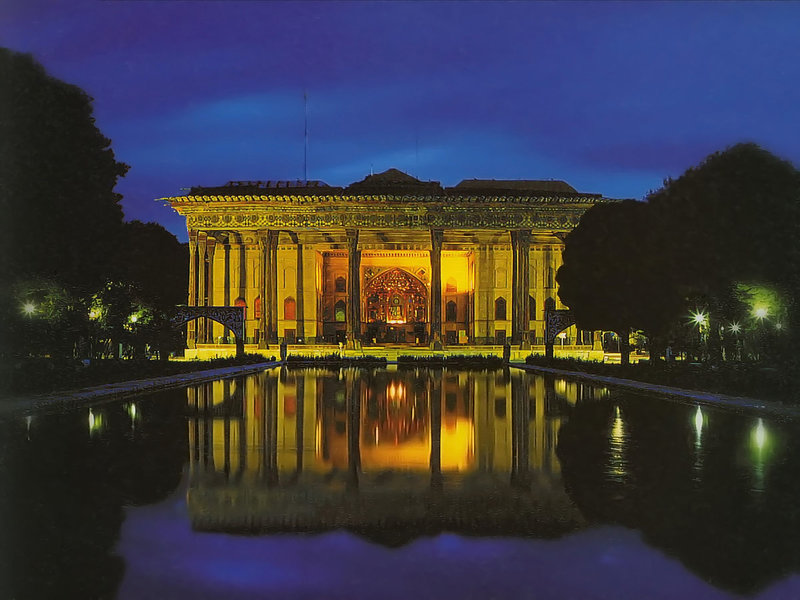
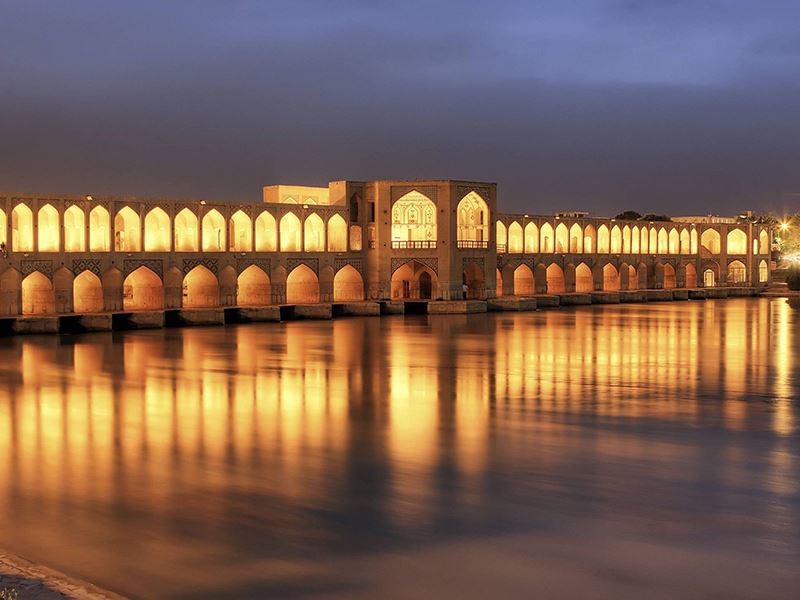
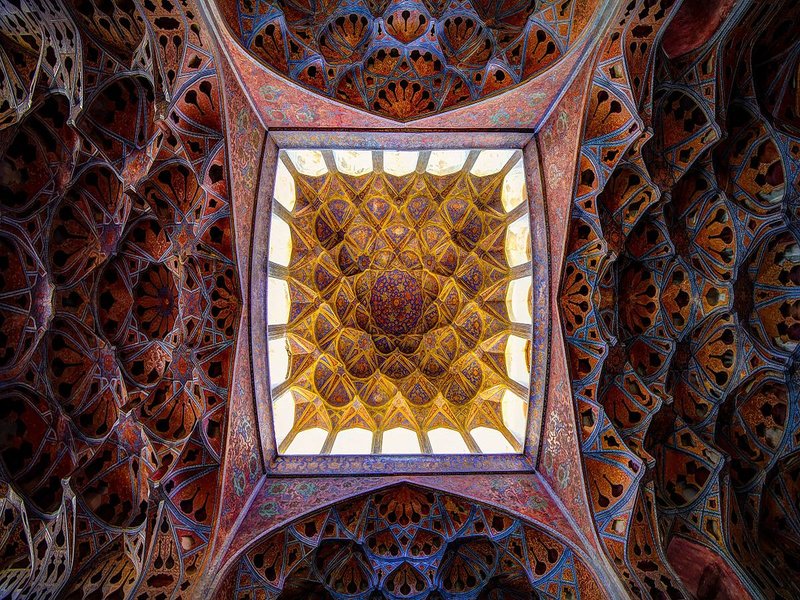
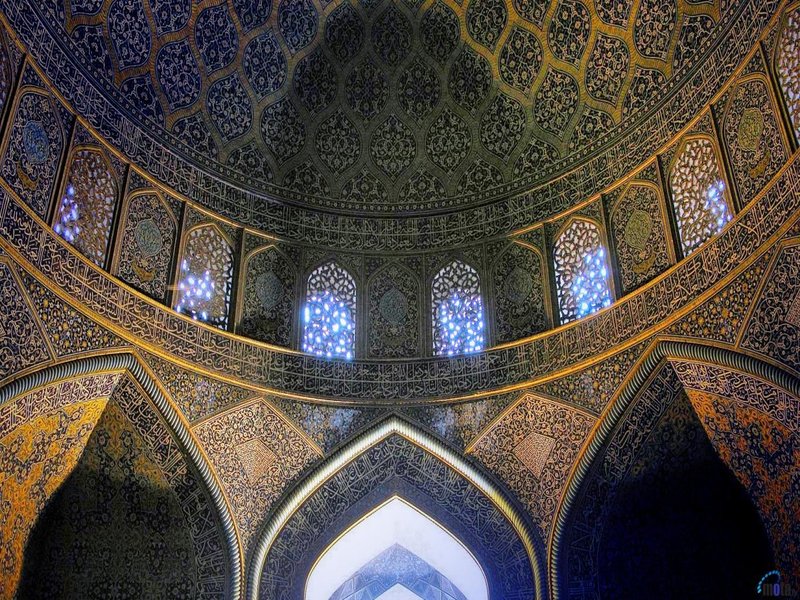

 Iran Doostan Tours
Iran Doostan Tours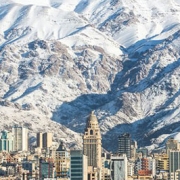
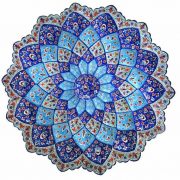
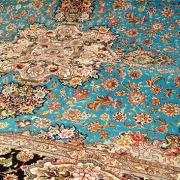
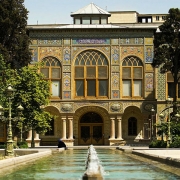
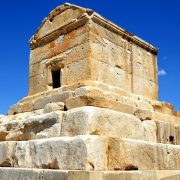
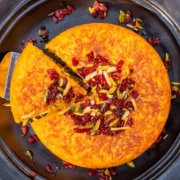




Leave a Reply
Want to join the discussion?Feel free to contribute!